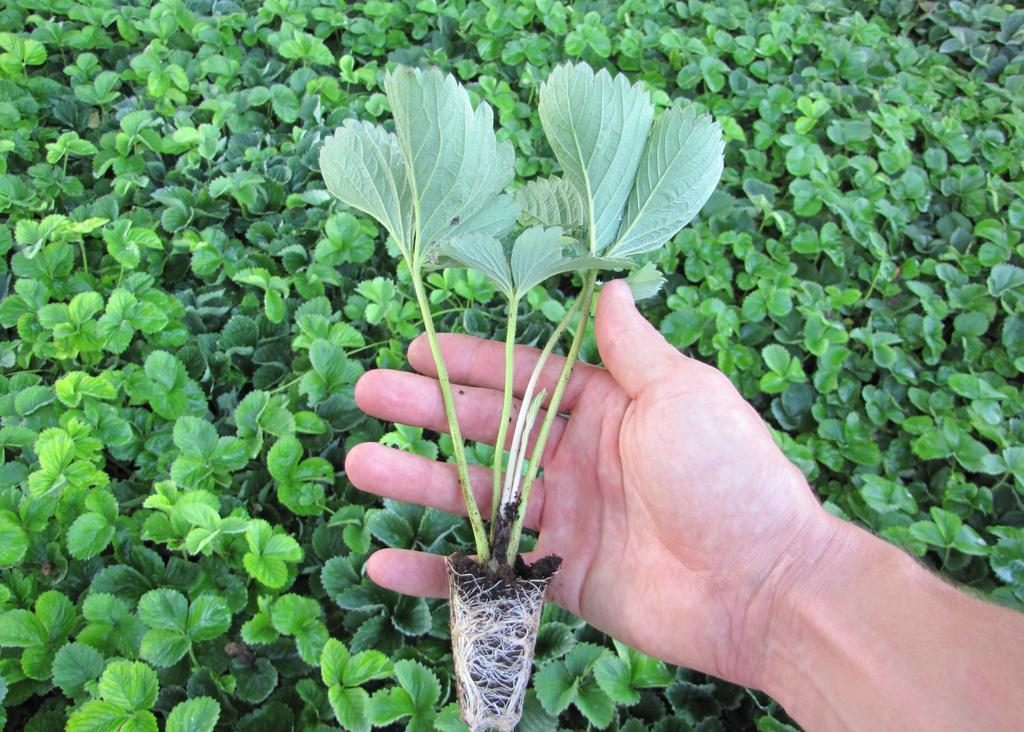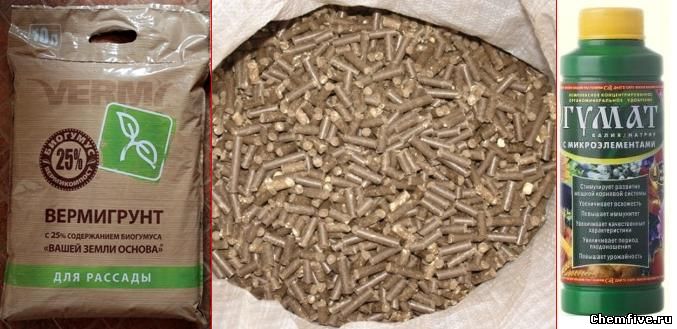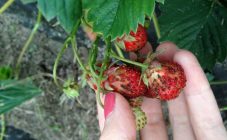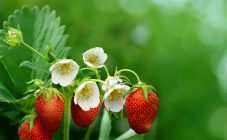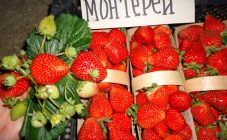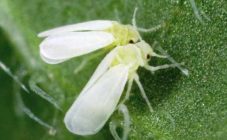Content:
Nematodes are called small, almost miniature worms that harm plants: strawberries, raspberries and strawberries, located on their stems, as well as the root system. The result of their activity is the deterioration of culture tissues and the suction of their nutrient juices. They leave a kind of discharge, which is also harmful to the bloodless plant.
The nematode on the strawberry that attacks the strawberry plantations is only 2 cm long. They are colored yellow. Individuals of the female sex are distinguished by good fertility and can carry many eggs in their body, sometimes up to 1000 pieces. When thin white worms appeared on strawberries, urgent action is needed. To combat this dangerous pest, apply the correct agrotechnical techniques and use the necessary tools.
What does harm
Various types of stem nematode worms live in the earth that can eat strawberries, they pose an even greater threat when there are a lot of them around the plants. Females are capable of producing a huge number of offspring at a time. Here's how a worm can harm strawberries:
- Worms in strawberries suck the juice from leaves and stems;
- They introduce into plants a substance similar to a chemical one to soften the stem and leaves;
- The berry becomes wormy and tasteless;
- Strawberries damaged in this way become less resistant to all kinds of infections.
Worms in strawberries can be dangerous to humans, especially to a child, as the pest contributes to the occurrence of certain diseases. If these parasites have infected the human body, the following symptoms may be observed:
- Allergy appears on the skin;
- There may be a deterioration in appetite, as well as nausea, accompanied by vomiting;
- Muscle pain;
- After intoxication, a feeling of general weakness is found;
- In rare cases, there are mental abnormalities and depression.
Signs of defeat
What does a nematode-infected strawberry look like? When an acne lesion is still at the initial stage of development, it can be quite difficult to determine it, and sometimes it is completely impossible. Gardeners are guided by the symptoms that plants have with a lack of substances for adequate nutrition, according to them, they suggest a possible defeat by a nematode:
- The growth of strawberry bushes slows down significantly;
- There is a noticeable deformation of the ovaries and berries;
- On the leaves, which become much smaller in size and fold, galls are formed - a swollen surface on the upper part;
- Thickening and shortening of the petioles occurs.
It is noteworthy that during flowering and subsequent formation of berries, worms in strawberries are also not visible. You can distinguish them with a microscope. There is a method for detecting a pest, which consists in placing the leaves or flowers of strawberries, after being chopped, into water. In a very short time, it will be easy to see the fine filaments of worms with the naked eye, if they are, of course.
A nematode can attack not one, but several plants at once. After the invasion of these worms, strawberries most often die, having previously dried.Therefore, it is necessary to fight this pest, especially, as already mentioned, it poses a danger to the owner of the site and his relatives.
The harm from this parasite is somewhat similar to the harm caused by kivsaki on strawberries, they drill holes in berries and other fruits. Basically, berries are affected near the ground.
Control methods
There are a sufficient number of methods for combating nematodes on strawberries, but they all have one thing in common - this is a rather long and painstaking process.
The best condition for the development of white worms in strawberries is a high temperature, while it rises above 25 degrees. Also, a certain soil acidity positively affects the reproduction of the nematode.
The main reason for which infection most often occurs is the use of seedlings that were initially infected. For quite a long time, sometimes up to several years, the eggs of the pest can be in standby mode, and under good conditions they can be activated very quickly.
Folk remedies
When choosing ways to combat the strawberry nematode, it is better to first dwell on the more gentle methods, which include folk methods. With their help, it is possible to achieve a very serious reduction in the number of pests, up to a safe number. How to deal with worms in strawberries:
- A simple method of hot water treatment, which is used by many gardeners, has good efficiency. For this procedure, it is necessary to dig out the bushes that have been affected and wash their roots with tap water. After that, they are placed in hot water, with a temperature of 45 to 55 degrees. The roots should stay in such a bath for 10-20 minutes. This time is made up of how badly the pest has damaged the plant. You should pay special attention to the temperature of the water, because if you make it hotter, the plant will subsequently die;
- Tincture of calendula helps to get rid of the pest well. It is prepared at the rate of 5 tablespoons of tablespoons for a volume of water equal to 5 liters. Once a week, strawberry bushes are watered with this infusion for a long period of time;
- Marigolds, which are poisonous for the pest, can also be insisted for this purpose. On the one hand, the parasites really like the smell of marigolds, and it attracts them, and on the other hand, the plant juices kill the pest. 5 kg of plants are mixed with an equal amount of water and infused for 2 days. It is necessary to filter the resulting infusion and water the diseased strawberry bushes;
- Another plant that is insisted is hogweed. It is prepared according to the same scheme, pouring 0.5 kg of raw materials with the same 5 liters of water. The infusion is prepared for a day, after which it must be filtered. Then they water the bushes;
- Agrarians often prefer to get rid of the nematode with the help of the Dekaris drug. These are pills that can be purchased over the counter. Take one tablet and dissolve in 1 liter of water. Watering strawberries with this tool is done about 4 times;
- Infusion of onions, it is better if it is a batun, is prepared using 200 g of raw materials for 5 liters of water. This liquid is poured over strawberries 1 time every week.
An effective method, according to experienced summer residents, is to plant such plants as mustard and green radish next to strawberry beds.
Chemical methods
When folk methods have not brought the desired result, and small worms have not disappeared on strawberries, drugs with a chemical action are used. Among these drugs, the following are distinguished:
- Heterofos is used in the form of a solution, which is prepared at the rate of 15 g of the drug per 10 liters of water. Strawberries are processed at an air temperature of 20 degrees Celsius. Also, bushes are often soaked in such a solution before planting;
- The preparation Phosphamtide is used in a solution corresponding to 0.02%, the treatment of plants is repeated every week;
- In the same way, Mercaptophos and Ruskamin are used.
Treatment sequence
To start treatment, the bushes must be viewed in the spring every week, at the same time they are engaged in top dressing. These dressings must be organic and potassium-rich. Ash can be used.
During the growing season, it is necessary to apply growth stimulants several times, which will strengthen the immunity of strawberries. Found affected bushes are dug out of the soil and treated with hot water.
After the harvest has already been harvested, it is time to use chemicals. In the fall, fertilizers are applied containing potassium and phosphorus.
Preventive actions
In order for the worm to stop spreading on strawberries, first of all, you need to take care of high-quality planting material. When examining seedlings during acquisition, they pay attention to the roots. They should be without the slightest signs of defeat, but even in this case, before disembarking, they must be treated with hot water without fail.
During the entire growing season, the soil requires composting. The compost contains fungi that destroy the nematode pest.
An important aspect is the constant observance of crop rotation. For strawberries, it is necessary to change the growing place every 5 years. This measure minimizes the spread of the nematode in the area.
When the nematode treatment has been carried out, for the next season, you can choose berry varieties that are more resistant to the parasite. These can be varieties:
- Saxon;
- Granddaughter;
- Rocket;
- Festivalnaya.
It is necessary in the spring and autumn periods to carefully remove the remnants of plants and unnecessary grass in the garden. All this is necessarily burned, and those pests that remained there, having prepared for the winter, are destroyed.
When planting, thickening of the plants must be avoided. They are periodically thinned and weeded. The number of nematodes from this is significantly reduced.
Which way to choose
If strawberry bushes are infected with a nematode, it should be remembered that even the use of strong chemicals does not give complete confidence in the destruction of the parasite. In addition, especially novice gardeners should not get carried away with chemistry and it is better to try not to use it, or only in extreme and critical cases of infection. Seasoned gardeners have much more experience in using such methods. It will be preferable for both to use numerous folk remedies and to carry out prevention.
Applying control methods and watering correctly, as well as feeding strawberries on time, it is possible to completely prevent the invasion of the pest. But nevertheless, if this did not succeed, the necessary measures are urgently applied, then the strawberry harvest will be saved.

